everest has Gotten Safer Despite Being More Crowded: A new study conducted by the University of Washington and the University of California takes a look at the past two decades of climbing on Mt. Everest and comes away with some interesting results. Despite conventional wisdom and media reports, the researchers behind the study have determined that even though the mountain has become increasingly crowded, it has also gotten a little safer as well.
Furthermore, the success rate on the world’s highest peak has increased substantially over the past two decades too, leading to more people reaching the summit of the mountain, even when you account for the larger numbers of alpinists.
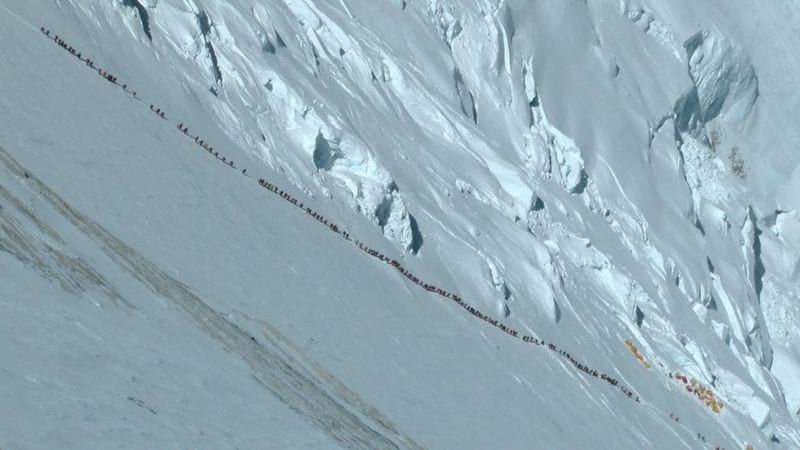
Busier, but yet Safer?
According to the report, from 1990 to 2005, the risk of dying on Mt. Everest stood at 1.7% for men and 1.9% for women. Since then, however, those numbers have dropped noticeably, even as more climbers have flocked to the mountain.
From 2006 to 2019, the mortality rate for men stood at 1.1%, while women faired even better, dropping to just .5%. This comes despite a fourfold increase in the number of people attempting Everest over that same timeframe. Back in 2000, just 222 mountaineers were on the mountain during the spring season, while 955 climbers were there last year. That’s an increase of more than 300%.
Media Would Have you Think Differently
These numbers run a bit counter to what the mainstream press has been telling us over the past few years, stressing the narrative that climbing Everest is incredibly dangerous and deadly. Those who don’t follow the mountaineering scene closely will point to the 11 fatalities from 2019 and say that it was one of the deadliest years on record. From a single numbers standpoint, that is undeniably true. But when you factor in how many climbers are on the mountain as a whole, the death rate doesn’t look quite so scary.
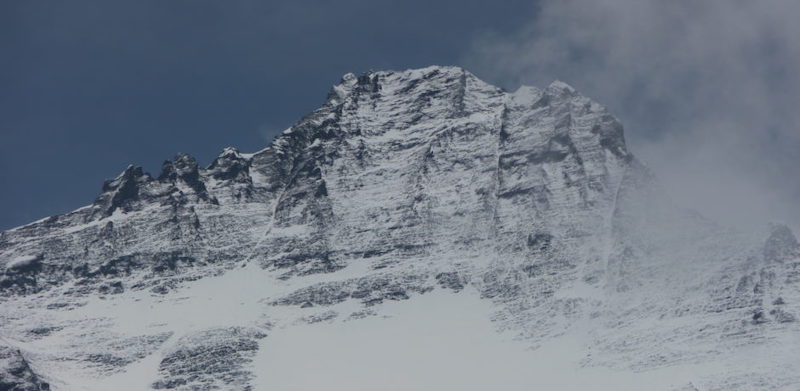
That said, any death on Everest is tragic, and I’ve been a proponent of increased regulation on climbing permits for years. The mountain may be getting safer, but that doesn’t mean there aren’t things we can do to further improve things.
Safer with Lesser Numbers
Even though the raw data indicates that fewer people are perishing on its lofty slopes, that doesn’t mean that the route to the summit couldn’t be made safer with fewer, more-experienced climbers attempting it.
In addition to seeing an increasing number of climbers and a decreasing mortality rate, the study also revealed that the level of success on Everest has increased dramatically too. Stating in the early 90s and running through 2005, about one-third of all the climbers who attempted the mountain were successful.
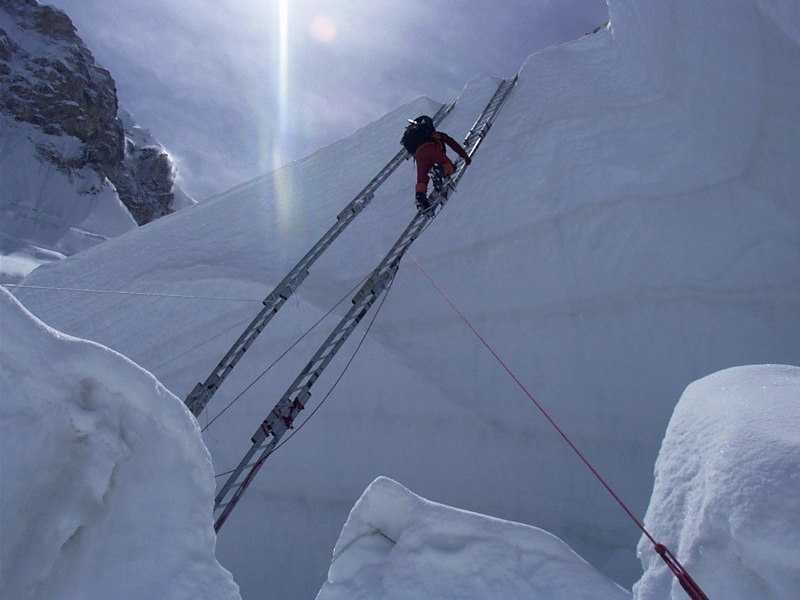
Better Success through Training, Gear, and Experience
Today, that has increased to two thirds, more than doubling the number of people who stand on top of the peak in a given season. This can likely be explained thanks to several factors, including better all-around training and experience for the guides, improved gear, a more-proven strategy for climbing the mountain, and clients who are arriving fitter and more well-equipped to deal with the high altitude than they ever have been in the past.
Report Shows Crowding has no Negative Effect on Death or Success
Perhaps the biggest takeaway from the research is that overcrowding doesn’t seem to be a factor when it comes to safety on the mountain. At least not yet. The document clearly states “Surprisingly, crowding has no evident effect on success or death during summit bids,” which is again counter to what the narrative has been around Everest in recent years.
The researchers do go on to point out that as the numbers of climbers continue to rise, it will invariably slow down the ascent. This can lead to individuals being exposed to the cold and low levels of oxygen for longer than they had in the past, which ultimately remains a very dangerous proposition.
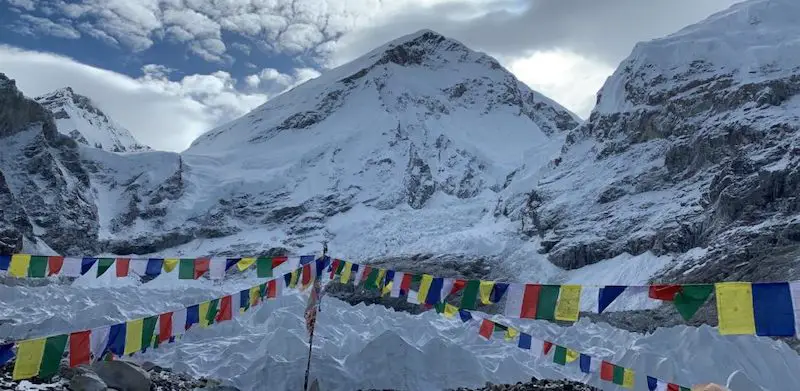
We’ve all seen the photos of the long lines just below the summit and think about how dangerous it could be to get left standing there for hours at a time. But imagine if a freak storm—like the one from 1996—were to blow in while climbers were locked in place. The results would be incredibly dangerous and deadly, possibly killing scores of alpinists. Thankfully, that hasn’t happened yet, but it seems likely a matter of time.
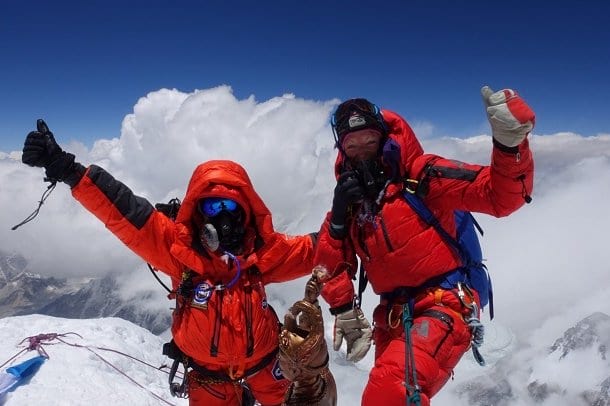
With no climbing season in the Himalaya this year, 2021 could end up being a very busy one on the “Big Hill.” Whether or not that will have an impact on the level of success and the number of fatalities remains to be seen. Right now though, there are an awful lot of people in Nepal, and elsewhere, who are anxious to get back to business.
- Gear Review: The Xero Scrambler Mid is an Ultralight Hiking Shoe for Spring - March 1, 2023
- Gear Review: Yeti Roadie 48 Wheeled Cooler - August 18, 2022
- Kristin Harila Continues Pursuit of 8000-Meter Speed Record - August 16, 2022

This article is pure f****** bullshit. Who gives a damn if a statistician calculated that the death rate on Everest declined by a few tenths of one percent? As long as Everest swarms with clients who can’t even strap on their own crampons some of them (and unfortunately some of their guides and sherpas) will die simply because they shouldn’t be there. There is no safety in numbers for unqualified people who play this game.
The infamous picture of hundreds of climbers queued up near the Hillary Step as if waiting to buy tickets to a porn flick does nothing but emphasize the greed of the Nepalese government and some of the guide companies who are abdicating their responsibility to clean this mess up before the death toll rises even farther.
This article also states that overcrowding has no evident effect on death then points out that as the number of climbers continues to rise individuals will be exposed to cold and low oxygen levels for longer periods of time. Duh. I’m surprised a magazine of your repute printed such rubbish and yes, for your edification I have climbed in the Himalayas—several times—successfully.